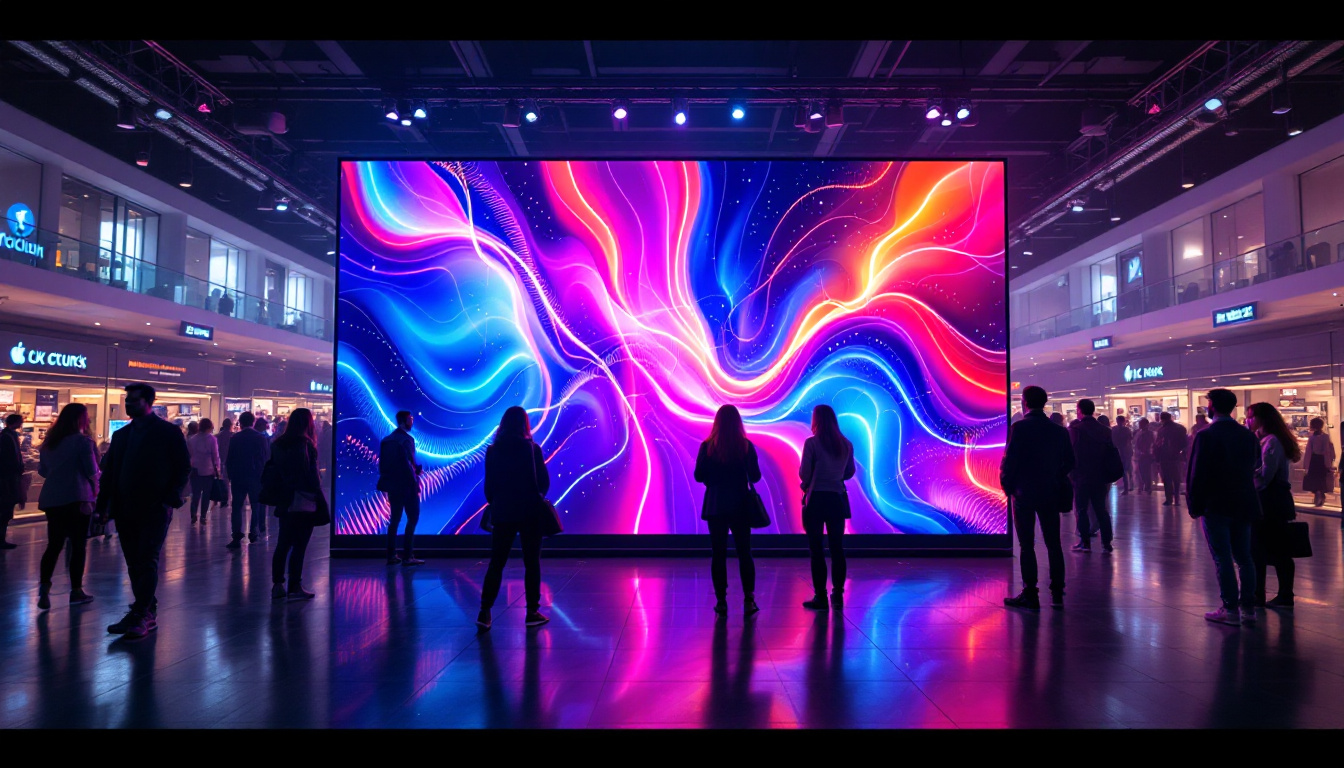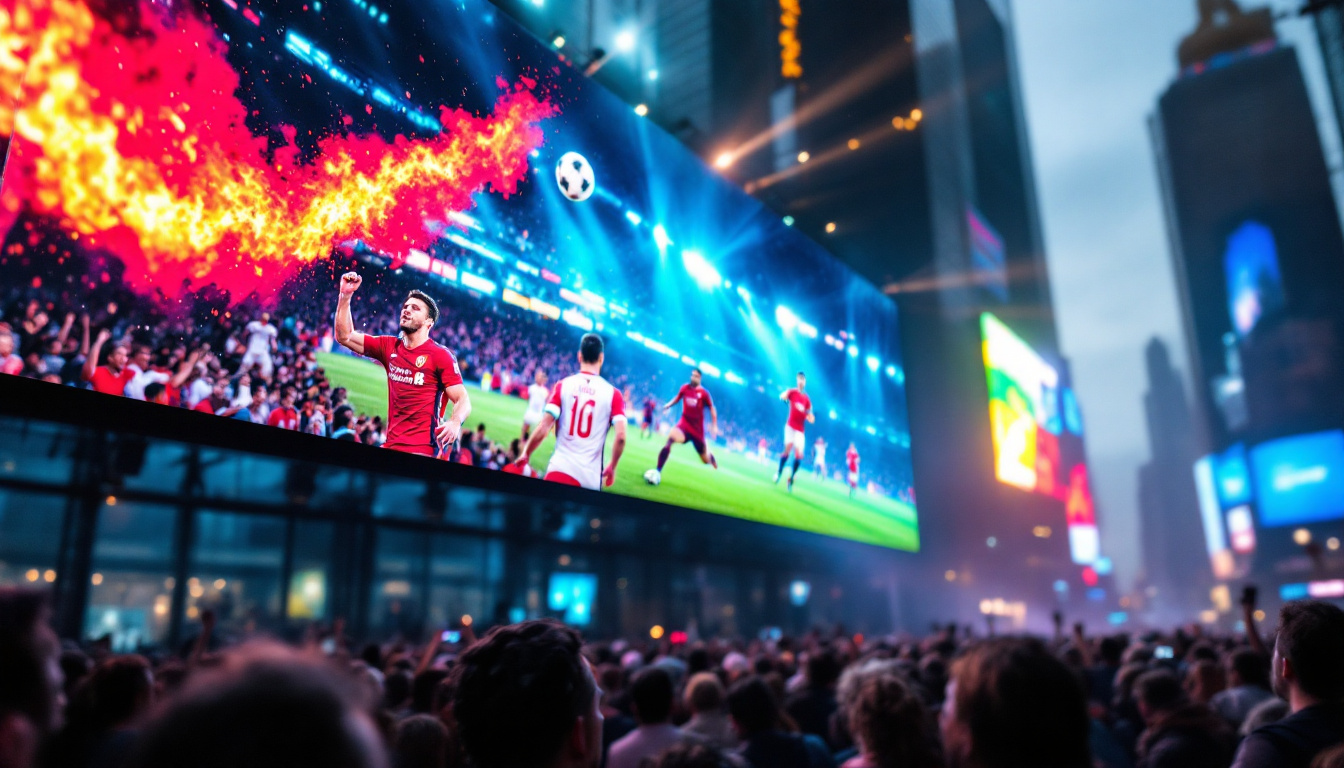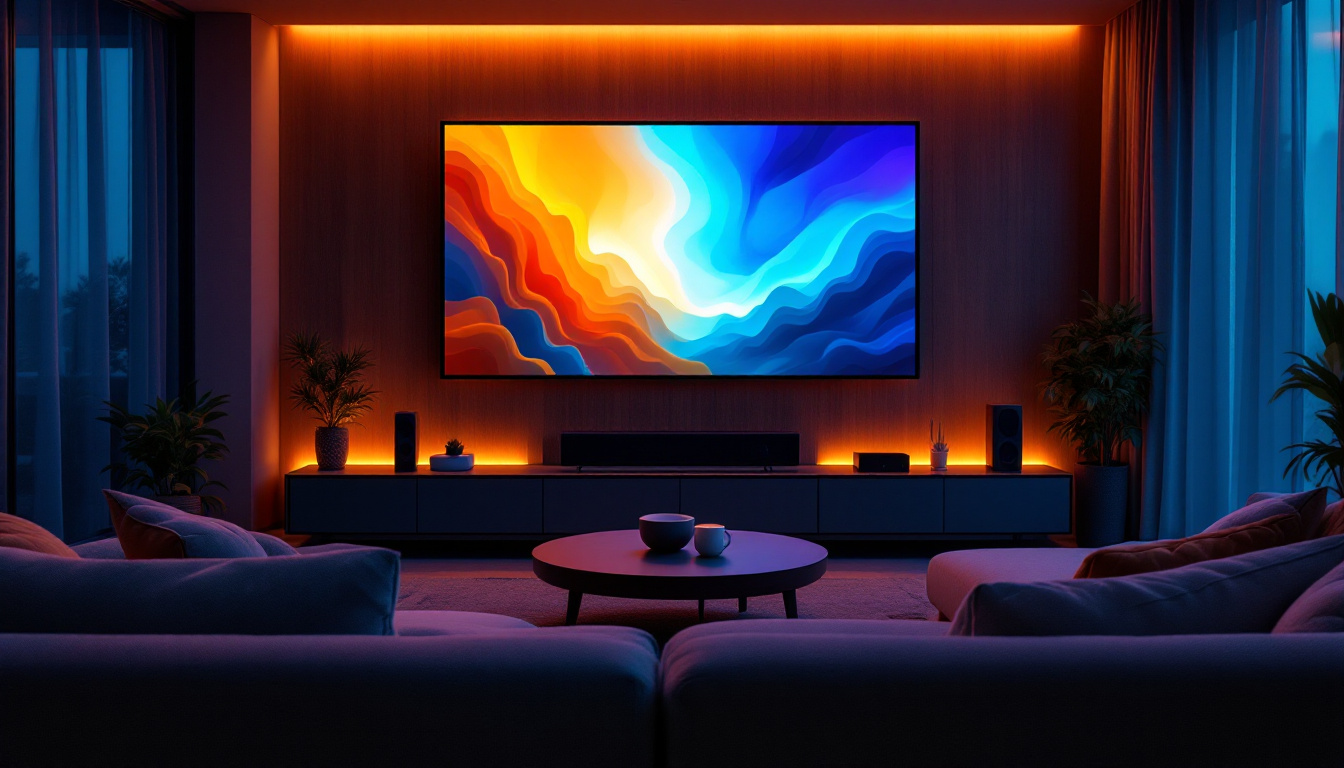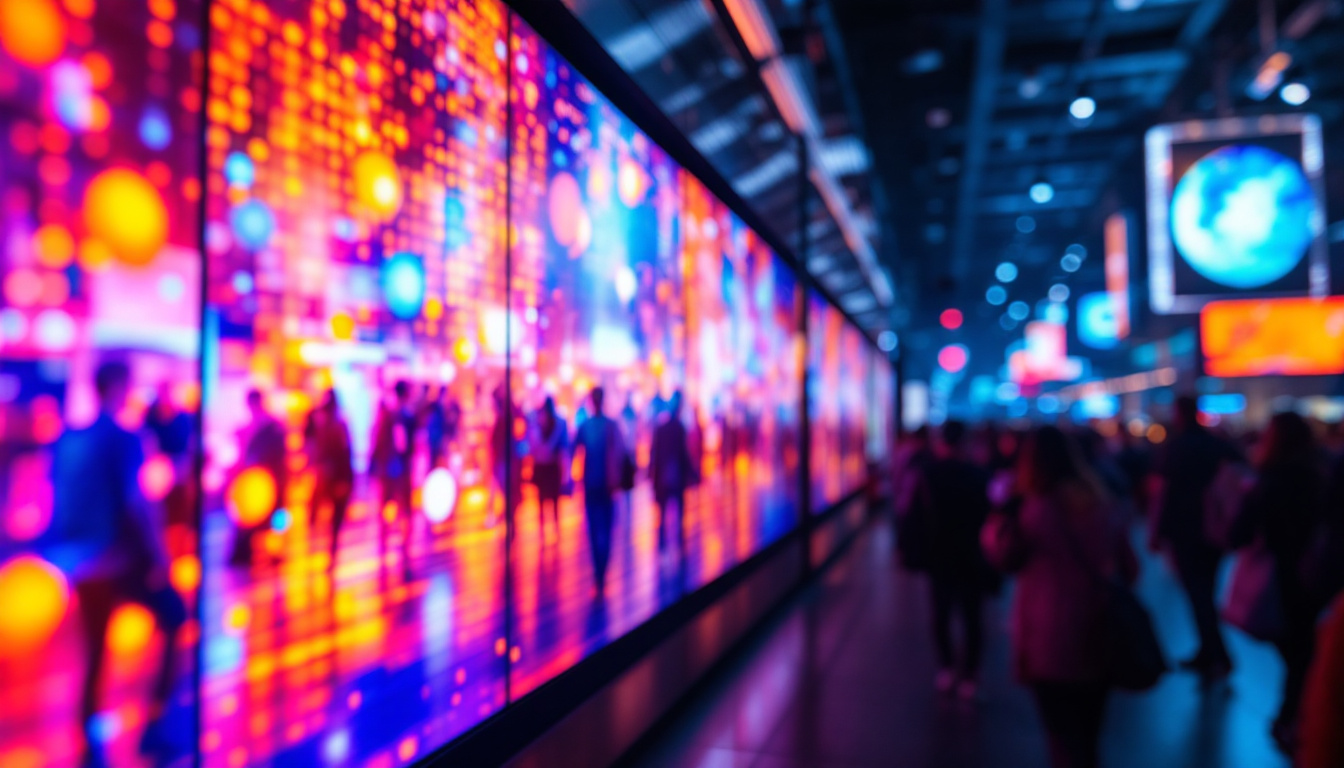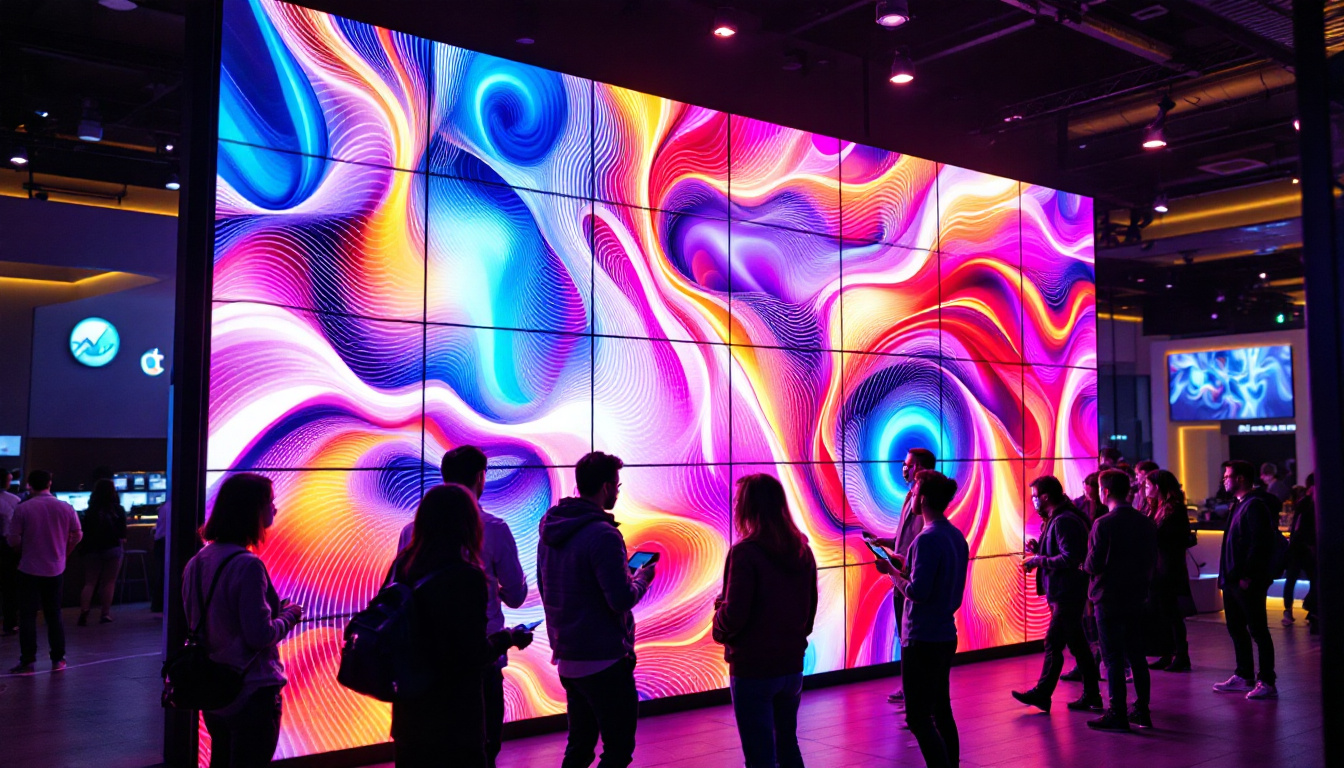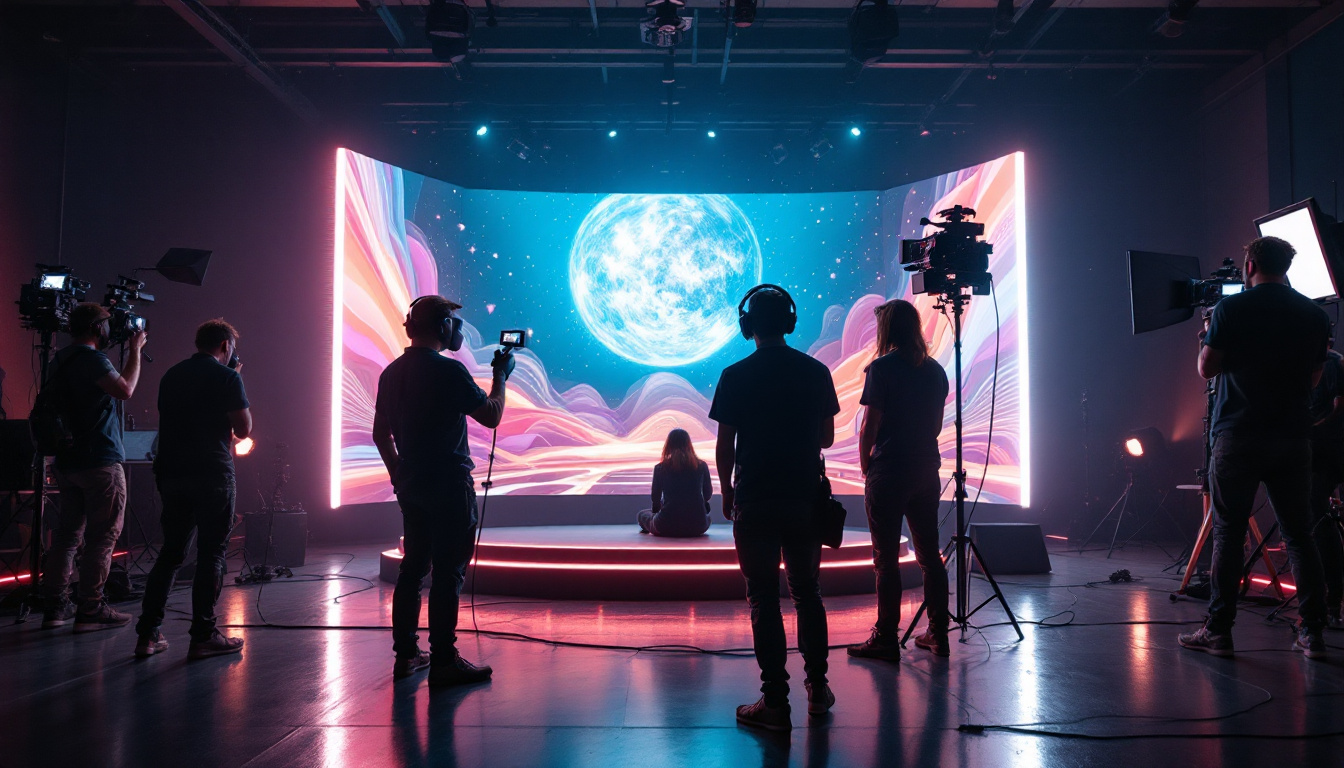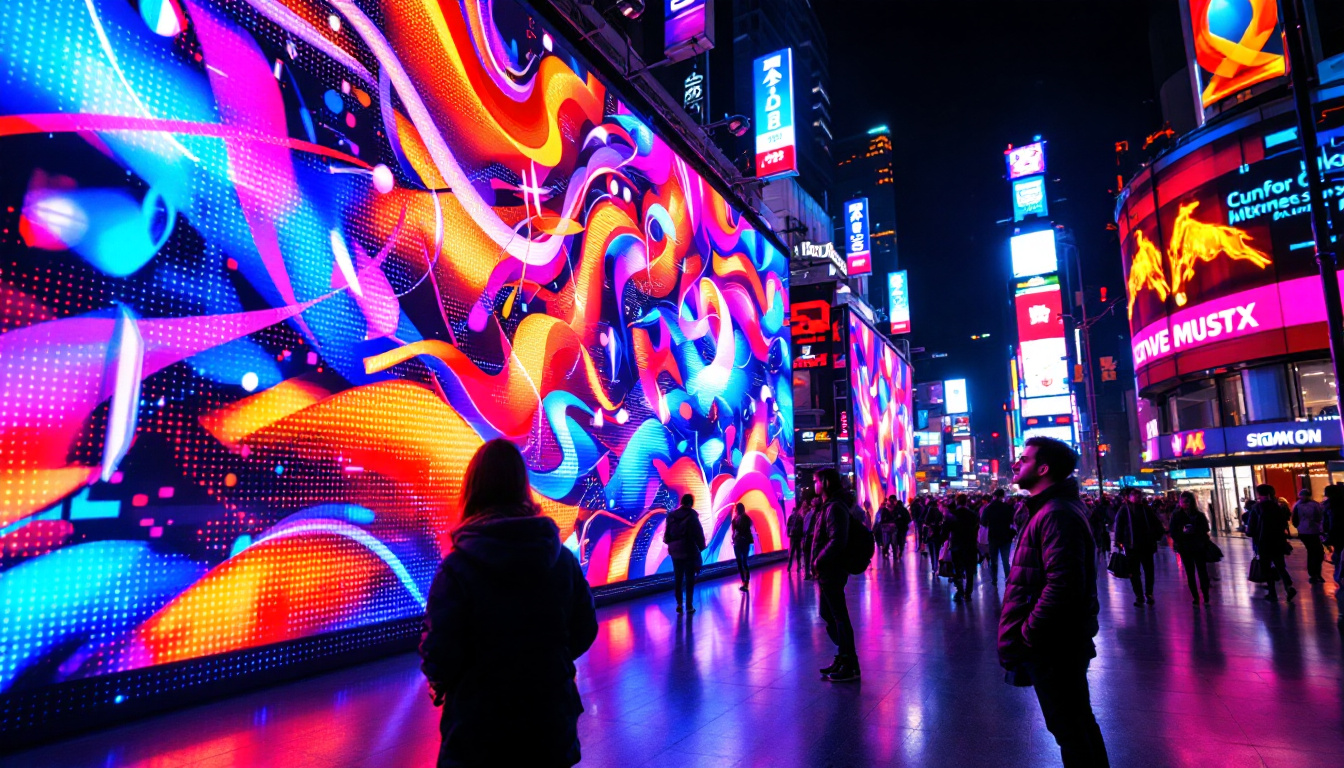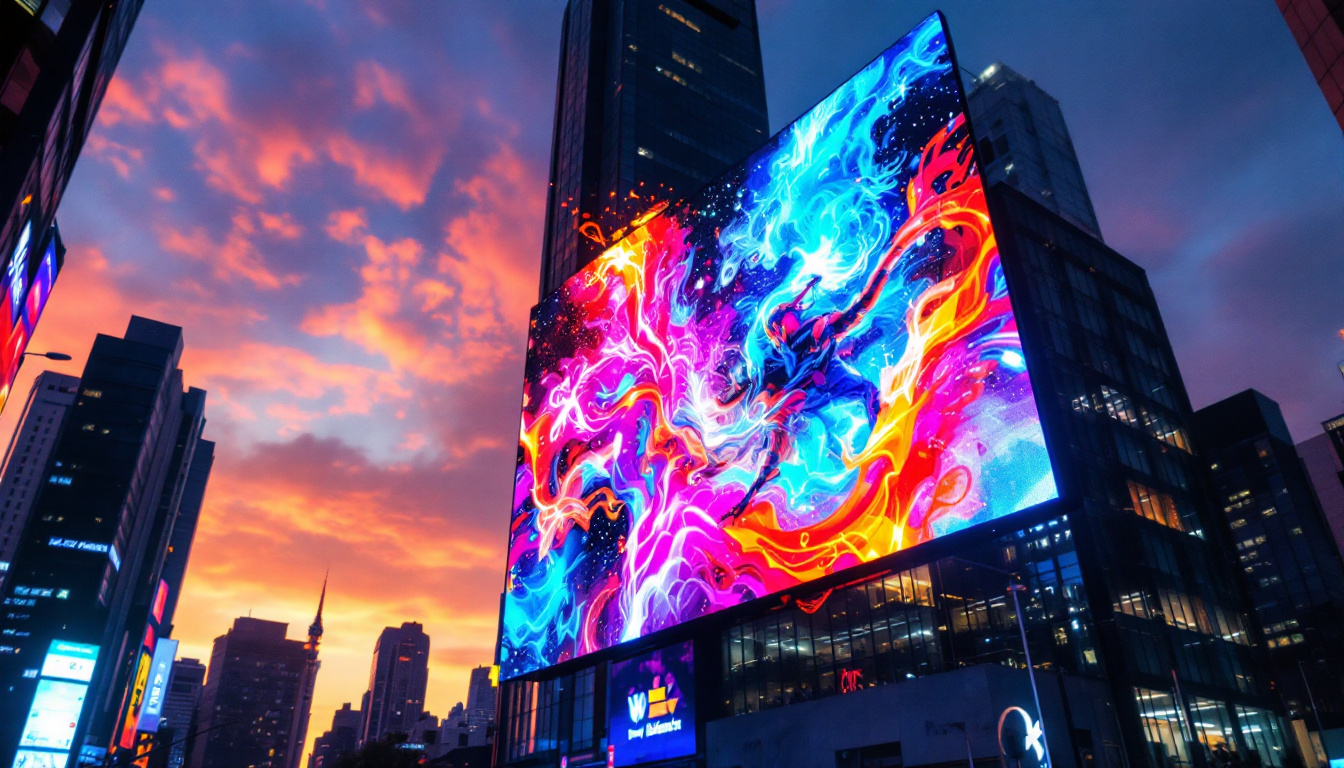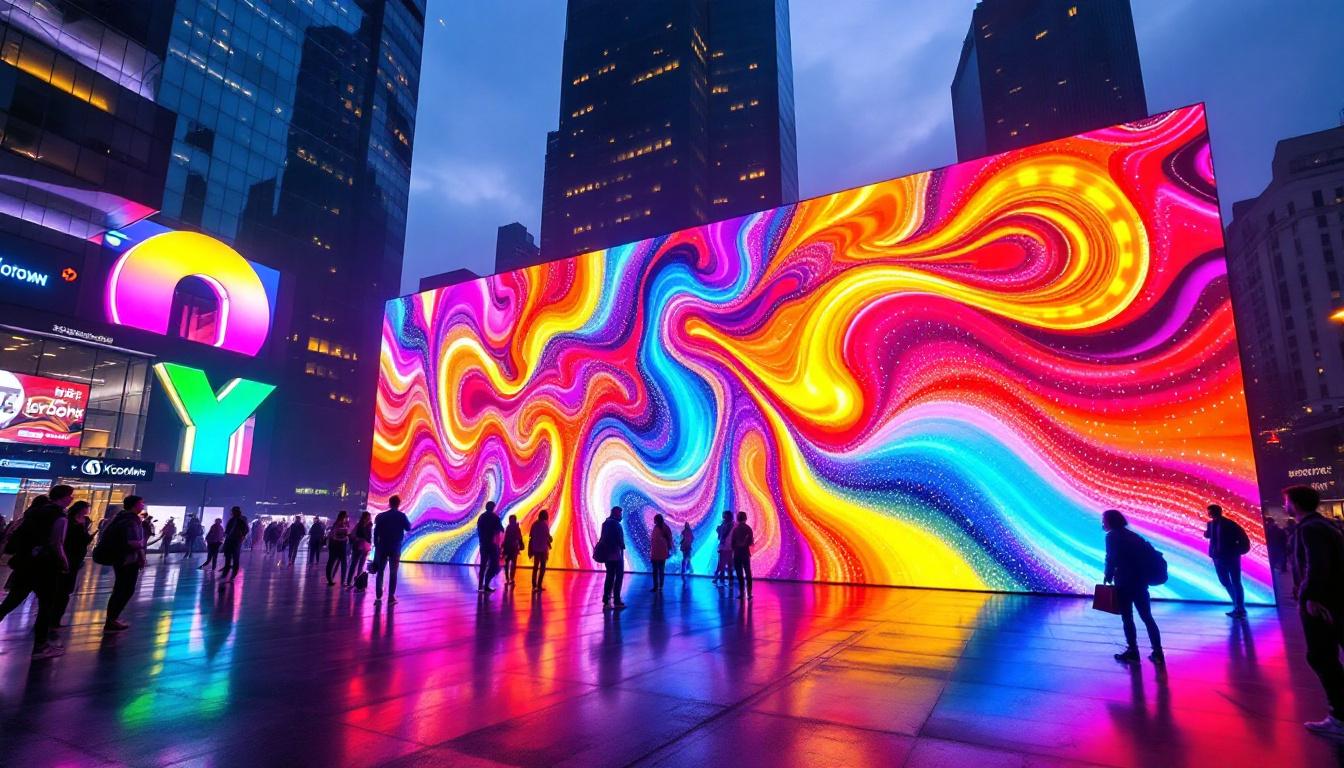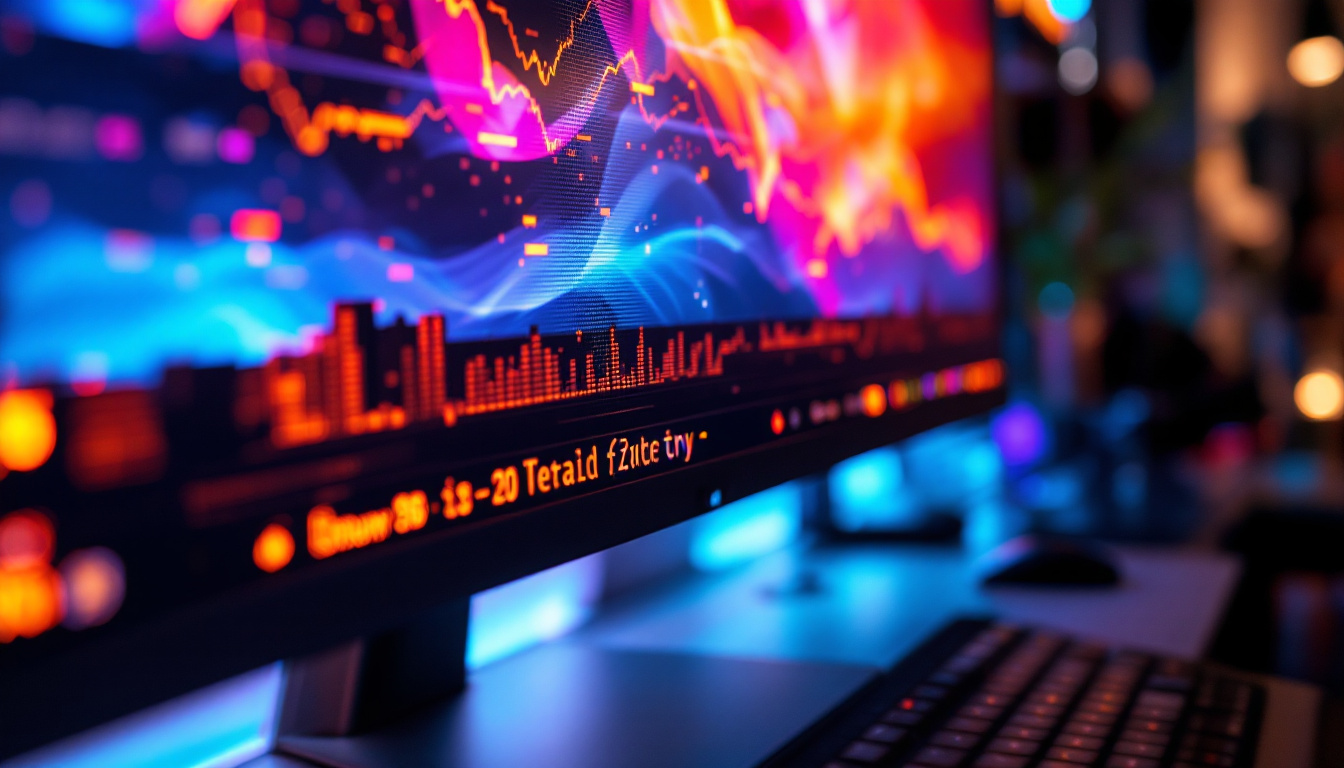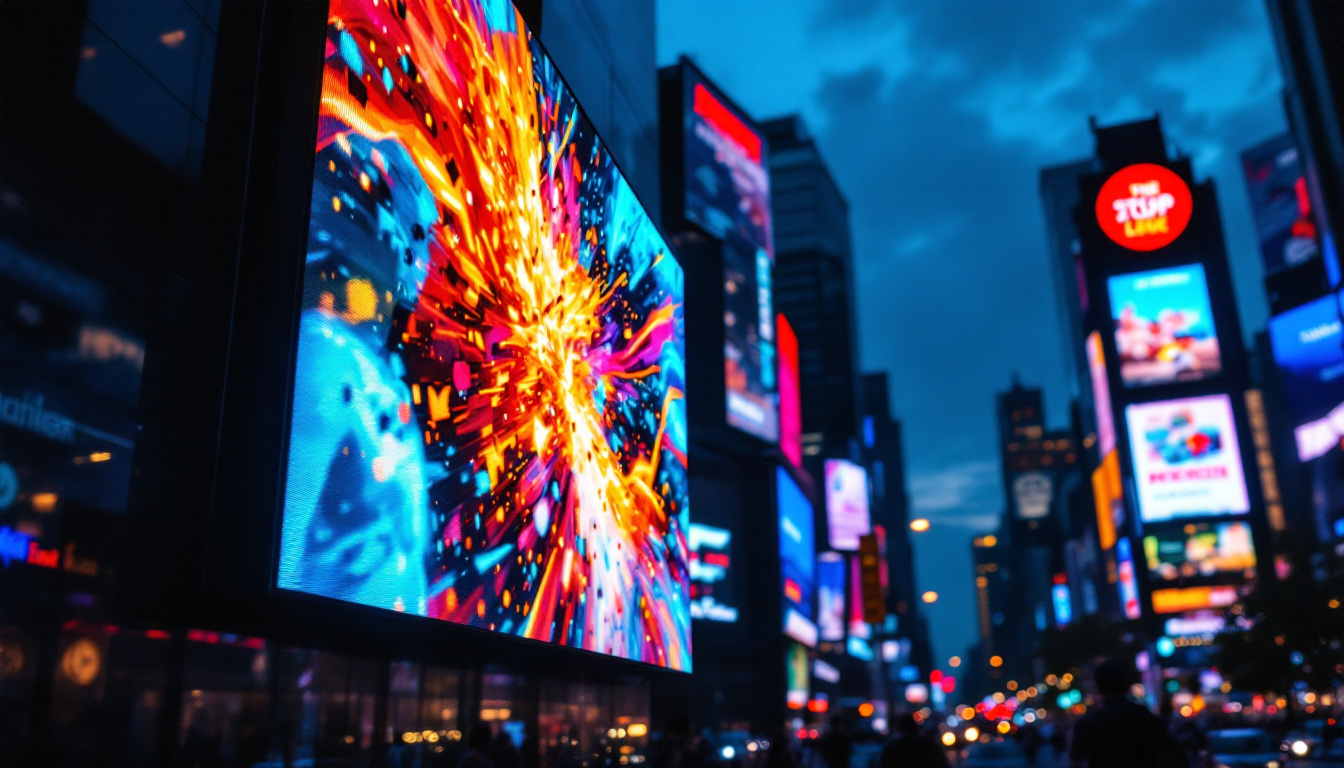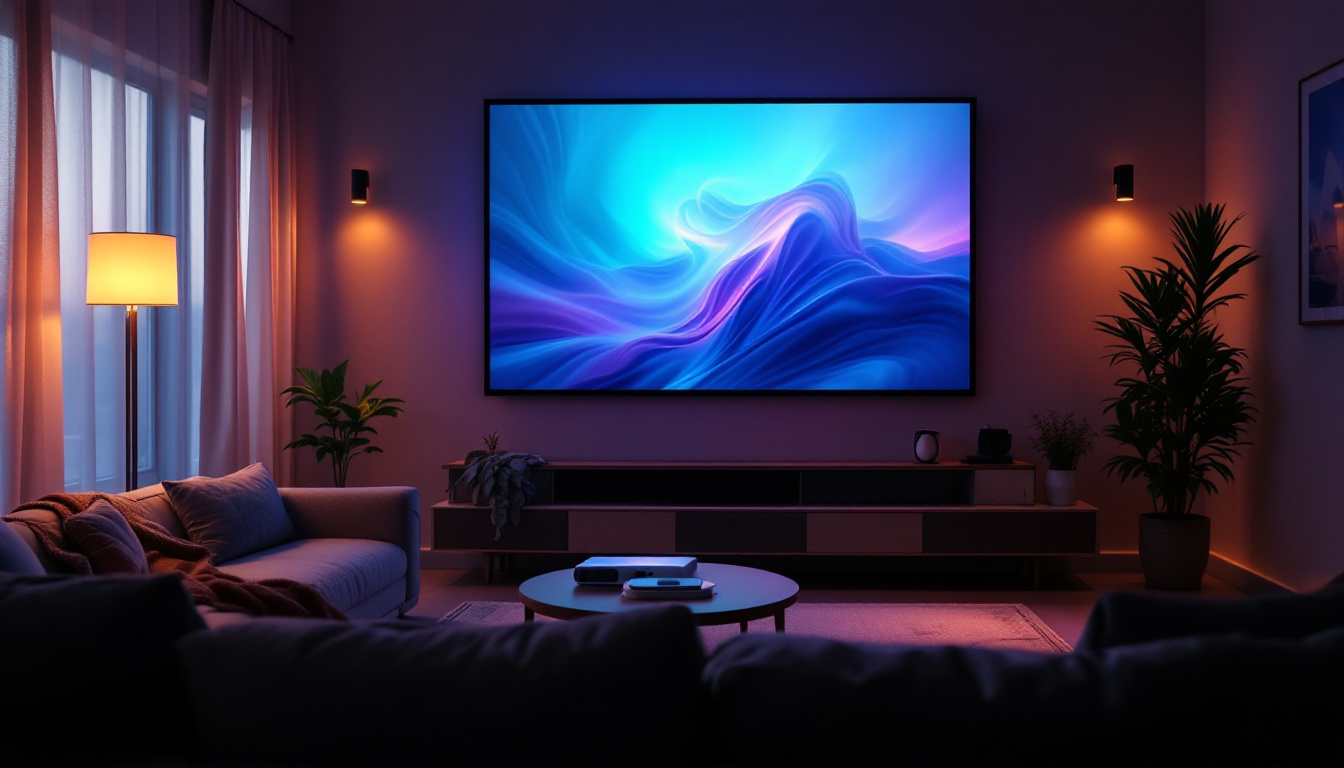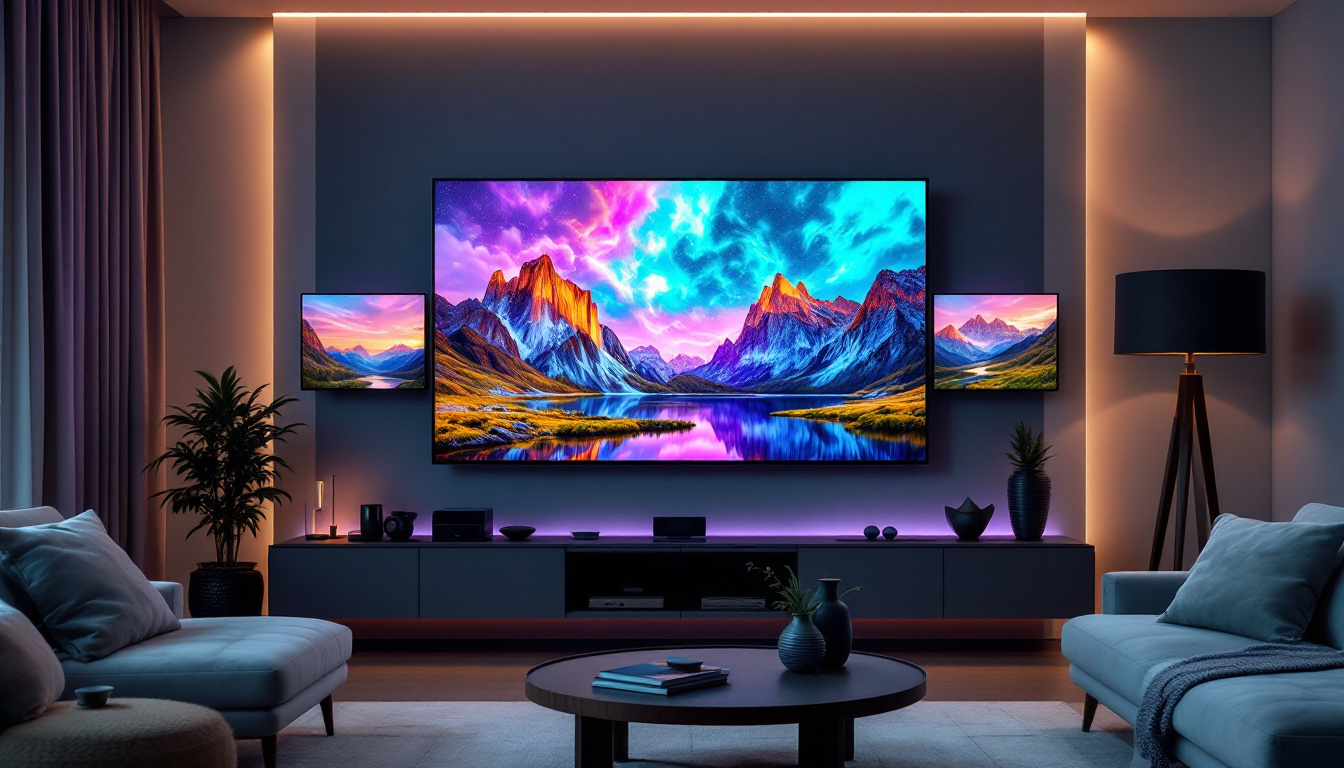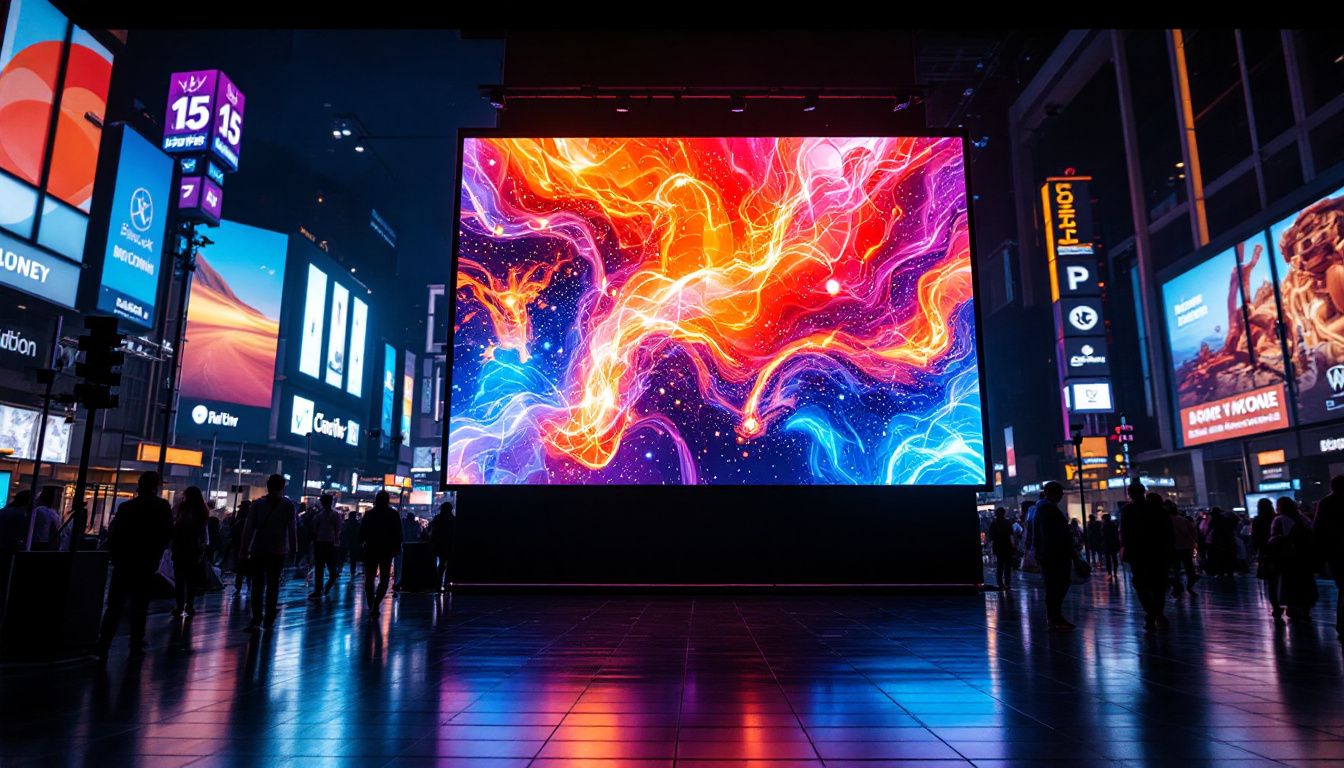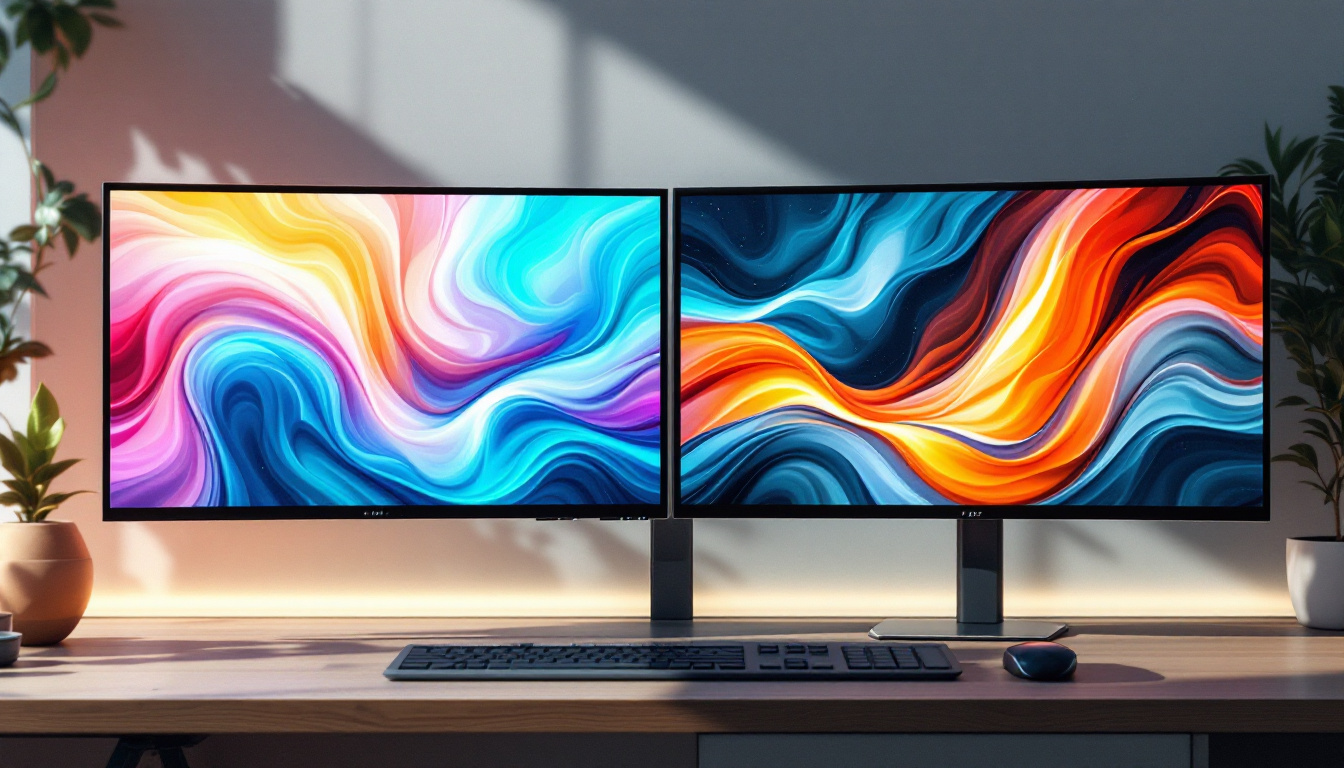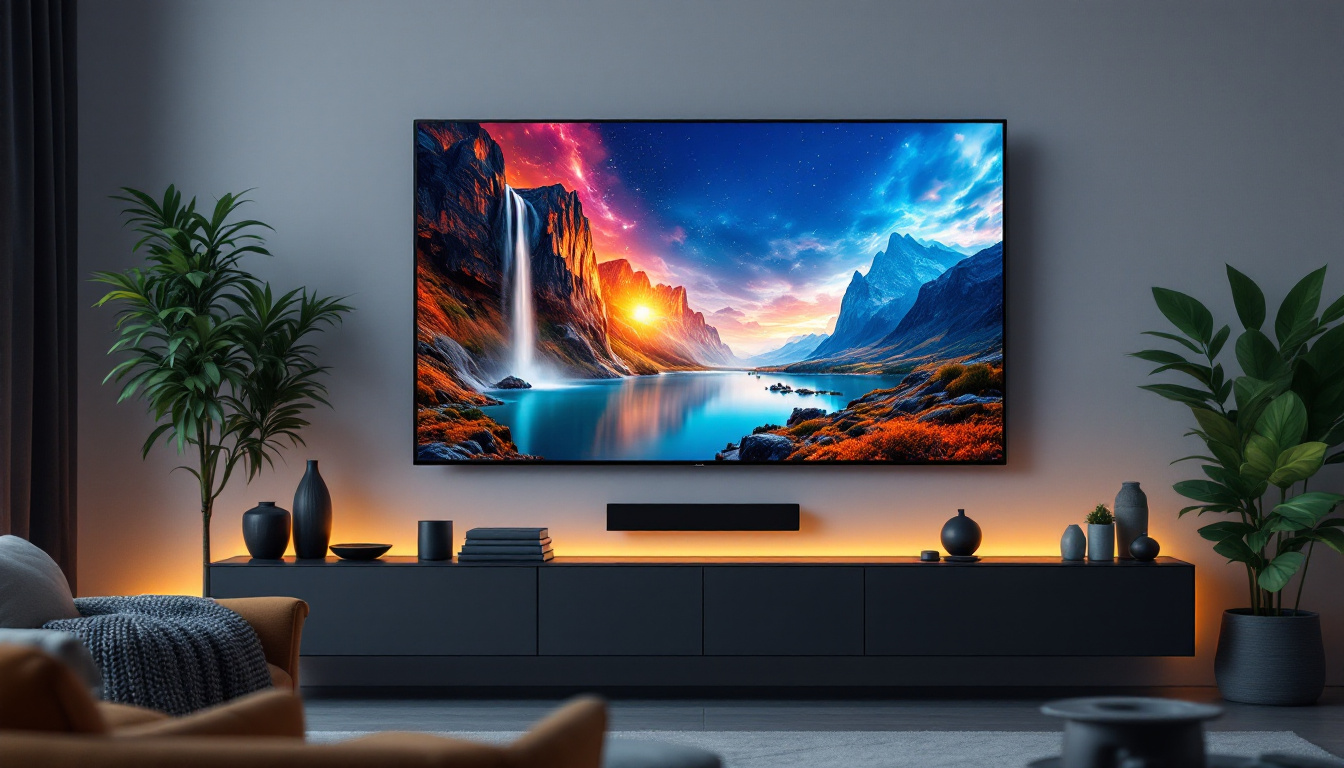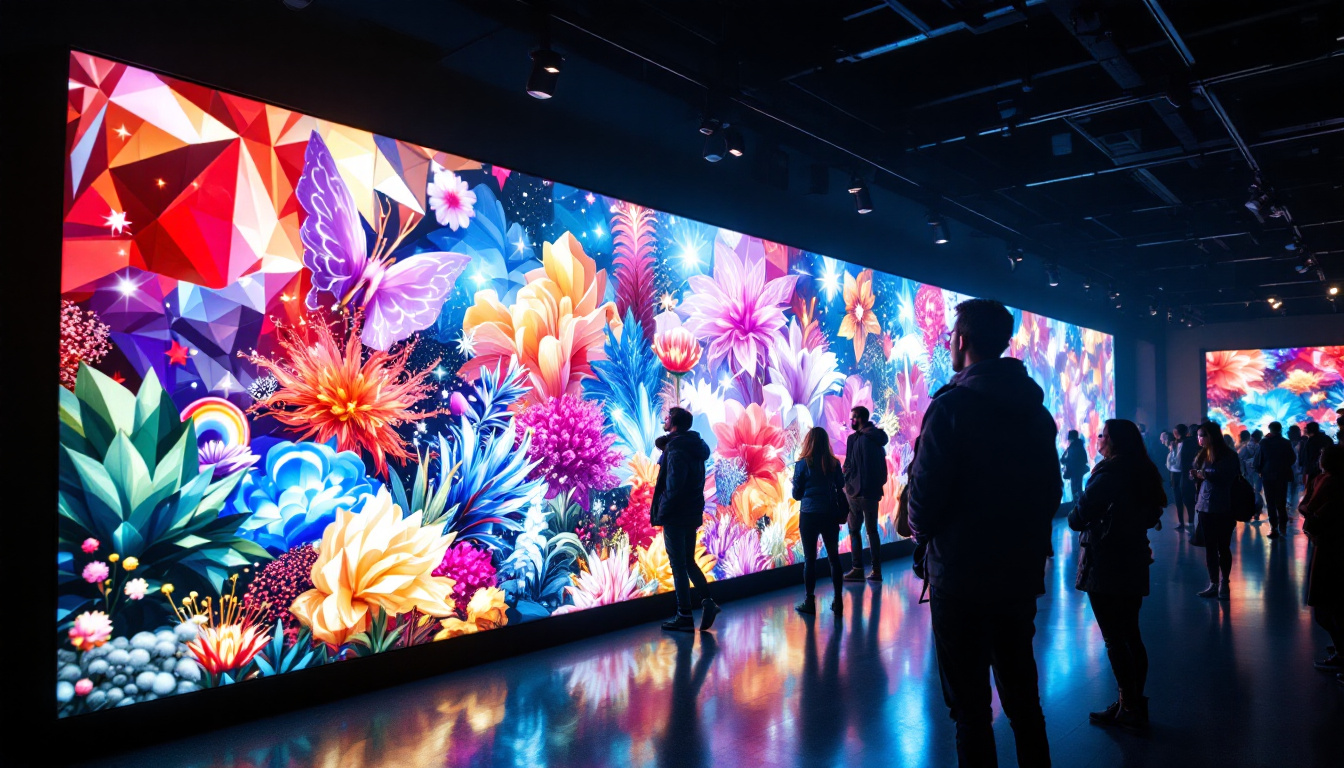In the rapidly evolving world of technology, LED displays have emerged as a transformative force in various fields, from advertising to education. The advent of interactive LED displays has further enhanced their utility, providing users with engaging and immersive experiences. This article delves into the intricacies of interactive LED displays, exploring their components, applications, and the future of this technology.
Understanding LED Technology
Light Emitting Diodes (LEDs) are semiconductor devices that emit light when an electric current passes through them. They have revolutionized the way we display information, thanks to their energy efficiency, longevity, and brightness. Unlike traditional display technologies, LEDs offer better color accuracy and can be easily scaled to various sizes. Their compact nature allows for innovative designs, enabling manufacturers to create thinner, lighter displays that can fit into a variety of spaces, from smartphones to massive outdoor billboards.
The Basics of LED Displays
LED displays consist of numerous individual LEDs arranged in a grid, which collectively form images and videos. Each pixel in an LED display is made up of red, green, and blue (RGB) diodes, which can be combined in different intensities to produce a wide spectrum of colors. This RGB model is crucial for creating vibrant and dynamic visuals. Additionally, the rapid response time of LEDs allows for smooth transitions and animations, making them ideal for video playback and real-time information displays.
One of the key advantages of LED displays is their ability to produce high brightness levels, making them suitable for both indoor and outdoor environments. They can be viewed in direct sunlight, which is a significant advantage over traditional LCD screens. Furthermore, LED technology is inherently durable, with a resistance to shock and vibration, which enhances their lifespan and reliability in various settings, from bustling city streets to serene indoor galleries.
Types of LED Displays
LED displays come in various types, each designed for specific applications. The most common types include:
- Direct View LED Displays: These are often used for large advertising billboards and sports arenas. They provide excellent visibility from a distance and can be customized to display dynamic content that captures the attention of passersby.
- LED Video Walls: Composed of multiple smaller LED panels, video walls are used in control rooms, concerts, and events to create stunning visual experiences. Their modular design allows for versatile configurations, making them suitable for any space or occasion.
- Interactive LED Displays: These displays incorporate touch technology, allowing users to interact with the content, making them ideal for educational and promotional purposes. They engage audiences in a way that traditional displays cannot, enhancing the overall user experience.
Moreover, advancements in LED technology have led to the development of flexible LED displays, which can be bent or shaped to fit unconventional spaces. This innovation opens up new possibilities for creative installations in art, architecture, and advertising. As the technology continues to evolve, we can expect to see even more applications that leverage the unique properties of LEDs, pushing the boundaries of visual communication and design.
The Rise of Interactive LED Displays
Interactive LED displays have gained popularity due to their ability to engage users in a way that traditional displays cannot. By integrating touch sensors and software, these displays allow for direct interaction, enabling users to manipulate content through gestures or touch.
Applications in Education
In educational settings, interactive LED displays have transformed the way teachers present information. They facilitate collaborative learning, where students can participate actively in lessons. For instance, a teacher can display a math problem on the screen, and students can come up to solve it directly on the display. This hands-on approach not only enhances understanding but also keeps students engaged.
Moreover, these displays can be used to showcase multimedia content, making lessons more dynamic. Videos, animations, and interactive simulations can be integrated into the curriculum, catering to various learning styles and preferences. The ability to incorporate real-time quizzes and polls also empowers teachers to gauge student comprehension instantly, allowing for immediate feedback and adjustment of teaching strategies. This interactive element promotes a more inclusive classroom environment, where every student feels encouraged to contribute.
Enhancing Business Presentations
In the corporate world, interactive LED displays have become indispensable tools for presentations and meetings. They allow presenters to share information in a visually appealing manner, incorporating graphics, videos, and real-time data. The interactive nature of these displays enables audience members to participate actively, fostering collaboration and engagement.
Furthermore, businesses can use these displays for training sessions, where employees can interact with the content, enhancing retention and understanding. The ability to modify presentations on the fly adds an element of flexibility that is crucial in today’s fast-paced business environment. Additionally, companies can leverage these displays for brainstorming sessions, allowing team members to jot down ideas directly on the screen, which can then be saved and shared instantly. This not only streamlines the creative process but also encourages a culture of innovation, where every voice is valued and heard.
Technical Components of Interactive LED Displays
Understanding the technical components of interactive LED displays is essential for appreciating their functionality. These displays consist of several key elements that work together to create an interactive experience.
Touch Technology
One of the most critical components of interactive LED displays is the touch technology used. There are several types of touch technologies, including:
- Capacitive Touch: This technology uses the electrical properties of the human body to detect touch. It allows for multi-touch capabilities, enabling multiple users to interact with the display simultaneously.
- Infrared Touch: Infrared sensors detect touch by recognizing interruptions in infrared light beams. This technology is highly durable and can work with any object, including fingers and styluses.
- Resistive Touch: This technology relies on pressure applied to the screen. While it is less responsive than capacitive touch, it is often more cost-effective and can be used with gloves or styluses.
Display Quality and Resolution
The quality of the display is paramount for an engaging user experience. Interactive LED displays typically offer high resolutions, such as Full HD (1920×1080) or 4K (3840×2160), ensuring that images and videos are sharp and clear. The pixel pitch, which refers to the distance between the centers of two adjacent pixels, also plays a crucial role in determining the display’s clarity and viewing distance.
Additionally, brightness and contrast ratios are vital for ensuring visibility in various lighting conditions. High brightness levels are particularly important for outdoor displays, while good contrast ratios enhance the overall viewing experience.
Benefits of Interactive LED Displays
The adoption of interactive LED displays comes with numerous benefits that enhance user experience and engagement across various sectors.
Improved Engagement
One of the most significant advantages of interactive LED displays is their ability to foster engagement. By allowing users to interact with content, these displays create a more immersive experience. This is particularly beneficial in educational and corporate environments, where active participation can lead to better understanding and retention of information.
Versatility and Flexibility
Interactive LED displays are incredibly versatile, capable of serving multiple purposes. They can be used for presentations, advertising, educational purposes, and even as digital signage. This flexibility allows organizations to maximize their investment, as the same display can be utilized for various applications.
Moreover, the content on these displays can be easily updated or modified, ensuring that information remains current and relevant. This adaptability is crucial in fast-paced environments where information changes frequently.
Challenges and Considerations
Despite their numerous advantages, interactive LED displays also come with challenges that organizations must consider before implementation.
Cost Implications
One of the primary challenges associated with interactive LED displays is the initial investment. High-quality displays can be expensive, and organizations must weigh the costs against the potential benefits. Additionally, ongoing maintenance and software updates can add to the overall cost.
Technical Expertise
Implementing interactive LED displays may require technical expertise that some organizations may lack. Proper installation, maintenance, and troubleshooting necessitate skilled personnel. Organizations must consider whether they have the necessary resources or if they need to invest in training or hiring qualified staff.
The Future of Interactive LED Displays
The future of interactive LED displays looks promising, with advancements in technology continuously enhancing their capabilities. As the demand for engaging and immersive experiences grows, manufacturers are likely to innovate further, introducing new features and functionalities.
Integration with Augmented Reality (AR)
One of the most exciting prospects for interactive LED displays is their integration with augmented reality (AR). By combining AR with interactive displays, users can experience a new level of engagement. For instance, in educational settings, students could interact with 3D models projected onto the display, enhancing their understanding of complex concepts.
Enhanced Connectivity
As the Internet of Things (IoT) continues to expand, interactive LED displays are expected to become more connected. This connectivity will enable seamless integration with other devices and systems, allowing for real-time data sharing and collaboration. For businesses, this could mean more dynamic presentations and enhanced decision-making processes.
Conclusion
Interactive LED displays represent a significant advancement in display technology, offering unparalleled engagement and versatility across various applications. While challenges such as cost and technical expertise exist, the benefits they provide make them a worthwhile investment for many organizations. As technology continues to evolve, the future of interactive LED displays promises even more exciting possibilities, paving the way for enhanced user experiences in education, business, and beyond.
Discover LumenMatrix LED Display Solutions
Ready to elevate your visual communication and engagement? Explore LumenMatrix’s comprehensive range of LED display modules, designed to meet your every need. From captivating Indoor and Outdoor LED Wall Displays to innovative solutions like Vehicle LED Displays, LED Posters, and LED Sports Displays, LumenMatrix has the technology to transform your space. Experience the future of interactive displays with our Floor LED Displays, Custom LED Solutions, All-in-One LED Displays, and LED Transparent Displays. Take the first step towards creating unforgettable visual experiences by visiting LumenMatrix LED Display Solutions today.

